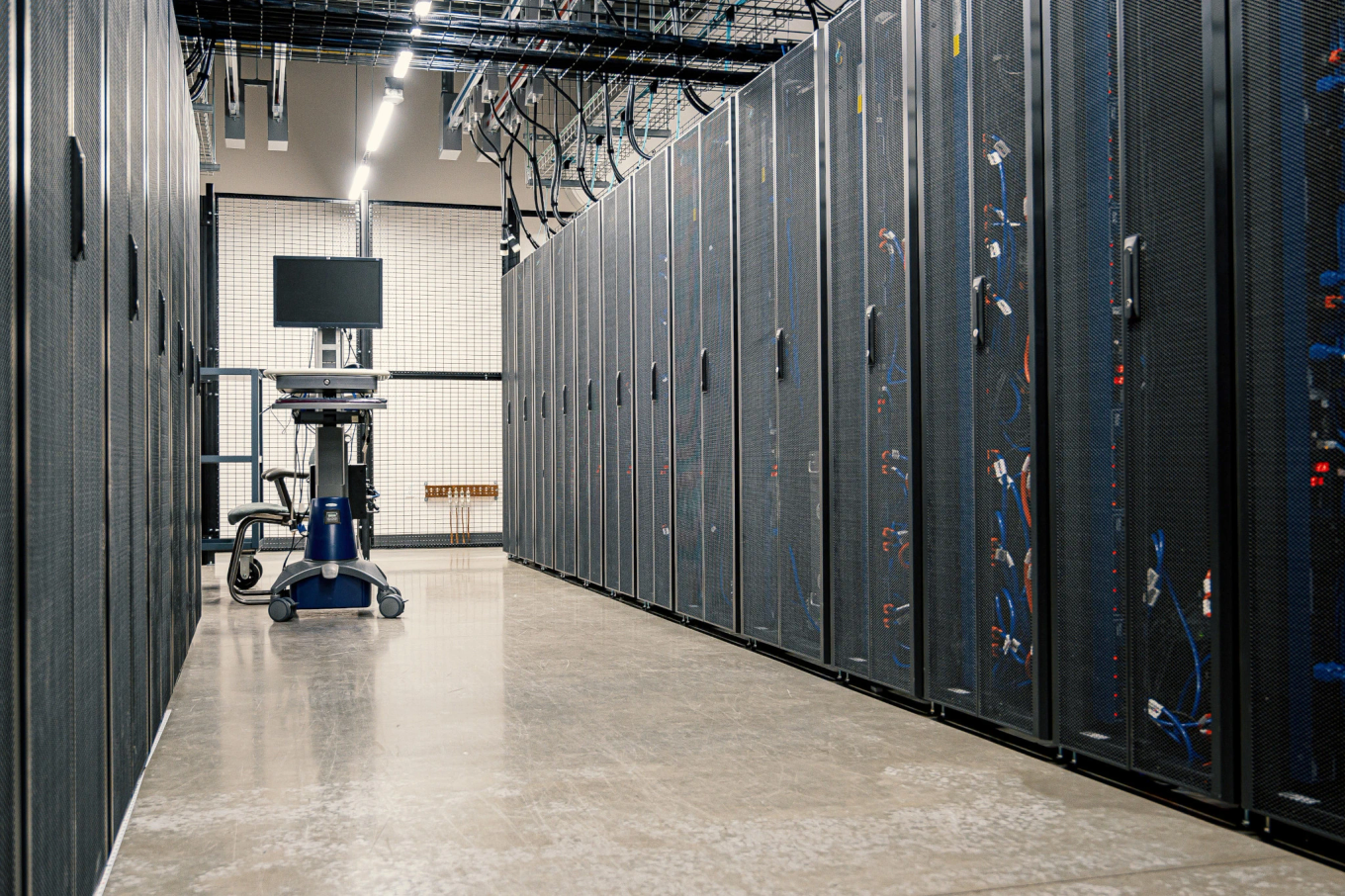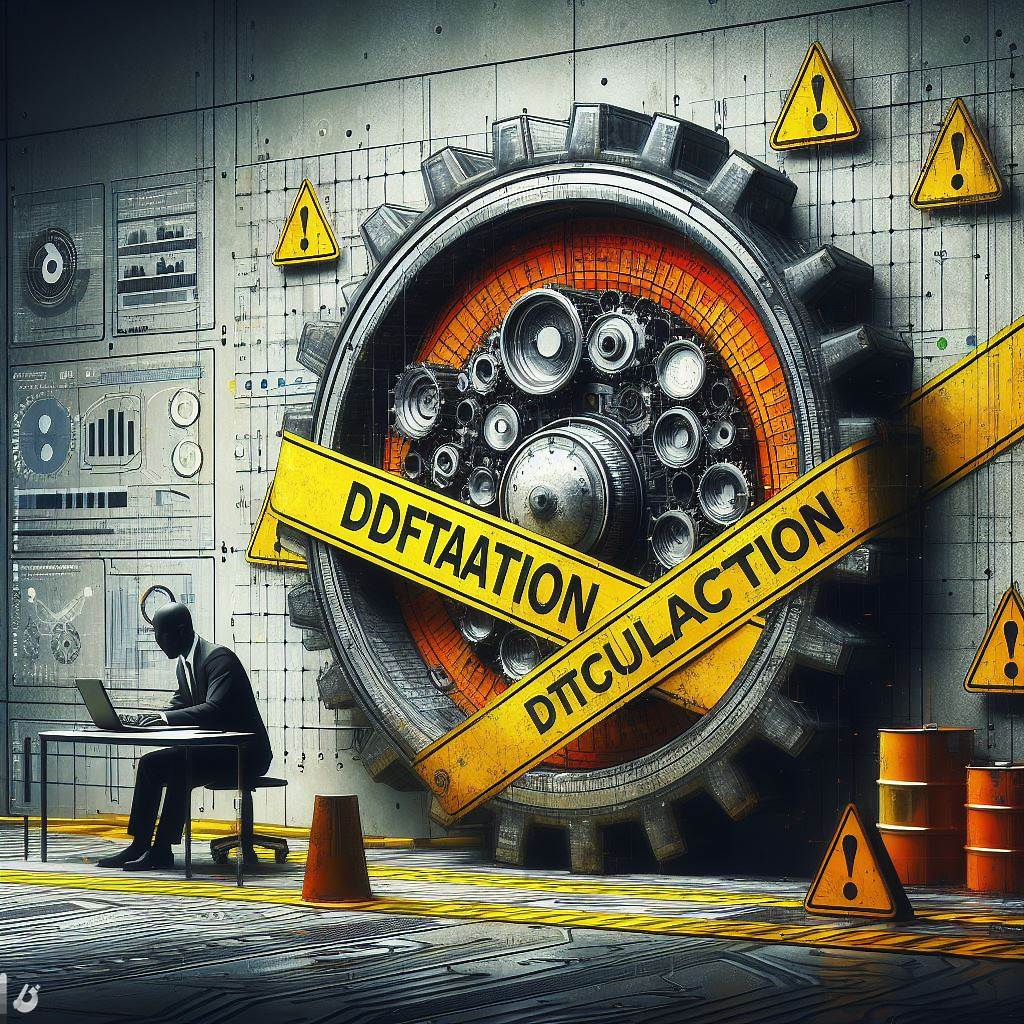Navigating the Green Mirage: The Truth Behind '100% Clean Energy' Data Centers

In the age of environmental awareness, companies across industries are making concerted efforts to adopt eco-friendly practices and reduce their carbon footprint. The tech industry, including data centers, has joined this movement by pledging to operate on 100% clean energy. However, beneath the marketing slogans and promises lies a complex reality that demands a closer look at the challenges data centers face in achieving true environmental sustainability.
The Allure of "100% Clean Energy" Claims
Many data center operators proudly proclaim their commitment to using 100% clean energy sources such as wind, solar, or hydroelectric power. These claims resonate with environmentally-conscious consumers and clients who seek to support businesses aligned with sustainability goals. However, the veracity of these claims is not always as straightforward as it seems.
The SLA Dilemma
As explored in our previous article, providing Service Level Agreements (SLAs) is essential in the data center industry. This means ensuring uninterrupted services even during power outages. To fulfill this commitment, data centers resort to using backup power systems, and diesel generators often play a significant role in this backup strategy.
The Green Façade: When Marketing Meets Reality
While some data centers operate on clean energy during normal conditions, they rely on diesel generators during power disruptions. This practice is often omitted from their "100% clean energy" claims, creating discrepancies between marketing narratives and operational realities. Such practices are known as "greenwashing," where companies create a facade of environmental responsibility without addressing the entirety of their ecological impact.
The Diesel Dilemma
Diesel generators, despite being reliable backup power sources, emit pollutants and greenhouse gases when operational. These emissions tarnish the image of data centers that claim to be entirely green. Moreover, the energy required to maintain and test these generators further contributes to their carbon footprint.
Transparency and Accountability
The path to genuine environmental sustainability involves transparency and accountability. Companies need to be candid about their backup power strategies and the emissions associated with them. Failing to disclose the use of diesel generators erodes trust and undermines the efforts of genuinely sustainable data centers.
Striving for a Greener Future
Acknowledging the challenges and complexities of achieving a 100% clean energy data center is the first step towards true environmental responsibility. Instead of solely relying on marketing tactics, data centers should focus on reducing their carbon footprint holistically. This includes investing in cleaner backup power options, exploring energy storage technologies, and engaging in emissions offset programs.
The "100% clean energy" claim has become a potent marketing tool, but it often masks the intricate reality of data center operations. The necessity of backup power systems, like diesel generators, challenges the notion of absolute cleanliness. As consumers and clients, it's crucial to be discerning and informed, urging companies to practice transparency and prioritize sustainable solutions over superficial claims. Genuine environmental progress requires acknowledging the gaps between marketing and reality and working collectively toward a greener future.



